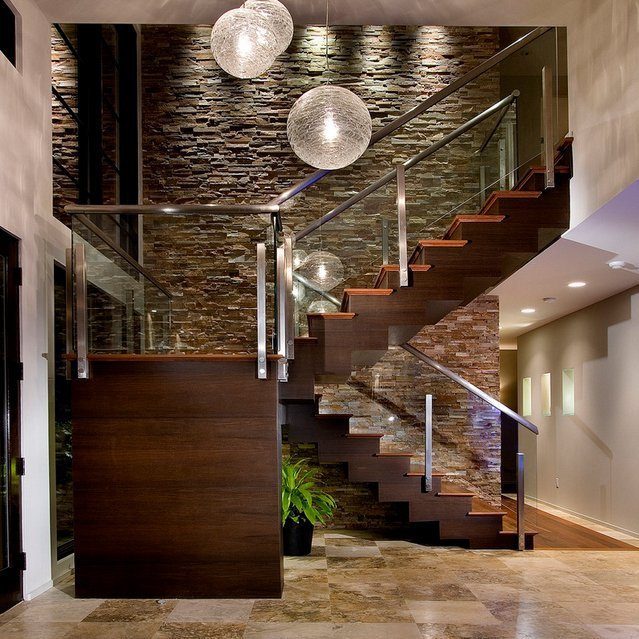When it comes to interior design, flooring plays a pivotal role in defining a space’s character. Among various flooring options available today, epoxy flooring has emerged as a game-changer. Offering durability, aesthetic appeal, and versatility, it’s no wonder homeowners and designers alike are considering this innovative solution. In this guide, I’ll share my personal experiences with epoxy flooring, along with detailed insights, pros and cons, installation tips, and FAQs to help you decide if epoxy flooring is right for your interior design needs.
What is Epoxy Flooring?
Epoxy flooring is a type of flooring that consists of a mixture of resin and hardener, which, when applied, creates a solid and durable surface. Known for its glossy finish and high resistance to wear and tear, epoxy is often used in industrial and commercial settings. However, its appeal has expanded into homes, where it can be utilized in various interior spaces.
Types of Epoxy Flooring
Understanding the different types of epoxy flooring can help you make an informed decision:
- Solid Epoxy: A durable option ideal for both residential and commercial spaces.
- Epoxy Mortar: A mixture of epoxy and aggregate suitable for high-traffic areas.
- Self-Leveling Epoxy: Creates a smooth, seamless surface, making it perfect for uneven floors.
- Reactive Penetrating Sealer: Provides a protective layer while enhancing the existing floor’s aesthetics.
Why Choose Epoxy Flooring?
With so many flooring options available, you might wonder why epoxy should be on your radar. Here are some compelling reasons:
Durability
Epoxy flooring is resistant to stains, chemicals, and physical impacts, making it a suitable option for various spaces including kitchens, basements, and garages.
Aesthetic Appeal
Available in a variety of colors and finishes, epoxy flooring can mimic the look of polished concrete, marble, or even custom designs, allowing you to create a unique atmosphere.

Low Maintenance
Cleaning epoxy floors is straightforward. Regular sweeping and occasional mopping are often all that’s required to keep them looking pristine.
Cost-Effectiveness
While the upfront installation cost may be higher than some flooring options, the longevity and minimal maintenance of epoxy flooring make it a wise investment in the long run.

Personal Experience with Epoxy Flooring
As a homeowner who recently renovated my basement, I decided to install epoxy flooring. The choice was influenced by its durability and the modern aesthetic it brings to a space. From the first glance, the glossy finish transformed the previously dull space into a vibrant area that invites relaxation and creativity. The installation process, while requiring professional help, was relatively quick, and the results were beyond my expectations.

How to Install Epoxy Flooring
Installing epoxy flooring can be a DIY project for the experienced or a job for professionals. Here’s a breakdown of the process:

Steps to Install Epoxy Flooring
- Prepare the Floor: Ensure the surface is clean, dry, and free from contaminants.
- Repair Damages: Patch any cracks or holes in the floor.
- Choose the Right Epoxy: Select a type that fits your needs and aesthetic preferences.
- Mix the Epoxy: Follow the manufacturer’s instructions for mixing resin and hardener.
- Application: Pour the epoxy onto the floor and spread evenly using a squeegee.
- Finishing Touches: Add any decorative elements like flakes or colors before the epoxy sets.
- Allow to Cure: Let the floor cure as per the manufacturer’s instructions before using the space.
Tools and Materials Needed
| Tools | Materials |
|---|---|
| Squeegee | Epoxy resin kit |
| Roller and tray | Floor cleaner |
| Paintbrush (for edges) | Protective sealant (optional) |
| Masking tape | Aggregates (if necessary) |

Maintenance Tips for Epoxy Flooring
Once your epoxy floor is installed, it’s essential to maintain it to ensure it lasts for years to come.

Regular Cleaning
Regular sweeping and wet mopping with a mild detergent will keep your floor looking its best. Avoid harsh chemicals that could damage the finish.
Protecting the Surface
Use furniture pads under heavy items to prevent scratching and always lift items rather than dragging them across the floor.

Pros and Cons of Epoxy Flooring
Pros
- Durable and long-lasting
- Stain and chemical resistant
- Wide range of colors and designs
- Low maintenance requirements
- Cost-effective over time
Cons
- Requires skilled installation
- Can be slippery when wet
- Limited UV stability (may discolor in direct sunlight)
- Long curing time
Comparing Epoxy Flooring with Other Flooring Options
| Flooring Type | Durability | Maintenance | Cost |
|---|---|---|---|
| Epoxy Flooring | Excellent | Low | Moderate |
| Laminate Flooring | Good | Moderate | Low |
| Vinyl Flooring | Fair | Low | Low |
| Tile Flooring | Excellent | Moderate | High |
Frequently Asked Questions (FAQs)
1. Is epoxy flooring suitable for all rooms in my home?
Epoxy flooring is ideal for high-traffic areas such as garages, kitchens, and basements. However, it may not be the best choice for bedrooms or living rooms unless you’re looking for a very contemporary look.
2. How long does epoxy flooring last?
When properly installed and maintained, epoxy flooring can last 10 to 20 years, making it a great long-term investment.
3. Can I apply epoxy flooring over existing floors?
Yes, epoxy can be applied over existing concrete floors, but it’s crucial to ensure they are clean and properly prepared to achieve the best bond.
4. How do I know if epoxy flooring is right for my home?
If you’re looking for a flooring option that offers durability, style, and low maintenance, then epoxy flooring might be perfect for your space. Consider your lifestyle, aesthetic needs, and the specific area where you’ll install the flooring.
5. What is the best way to clean epoxy floors?
The best way to clean epoxy floors is by using a soft broom and a damp mop with a mild cleaning solution. Avoid abrasive scrubbers or harsh chemicals that could damage the surface.
Conclusion
Epoxy flooring has carved out a niche in the world of interior design, and for good reason. With its combination of durability, aesthetic flexibility, and ease of maintenance, it offers a fantastic option for anyone looking to enhance their space. My personal experience with epoxy flooring has been nothing short of positive, and I believe it can work wonders for your home, too. Whether you’re planning a renovation or just considering a change, epoxy flooring deserves a spot on your shortlist.